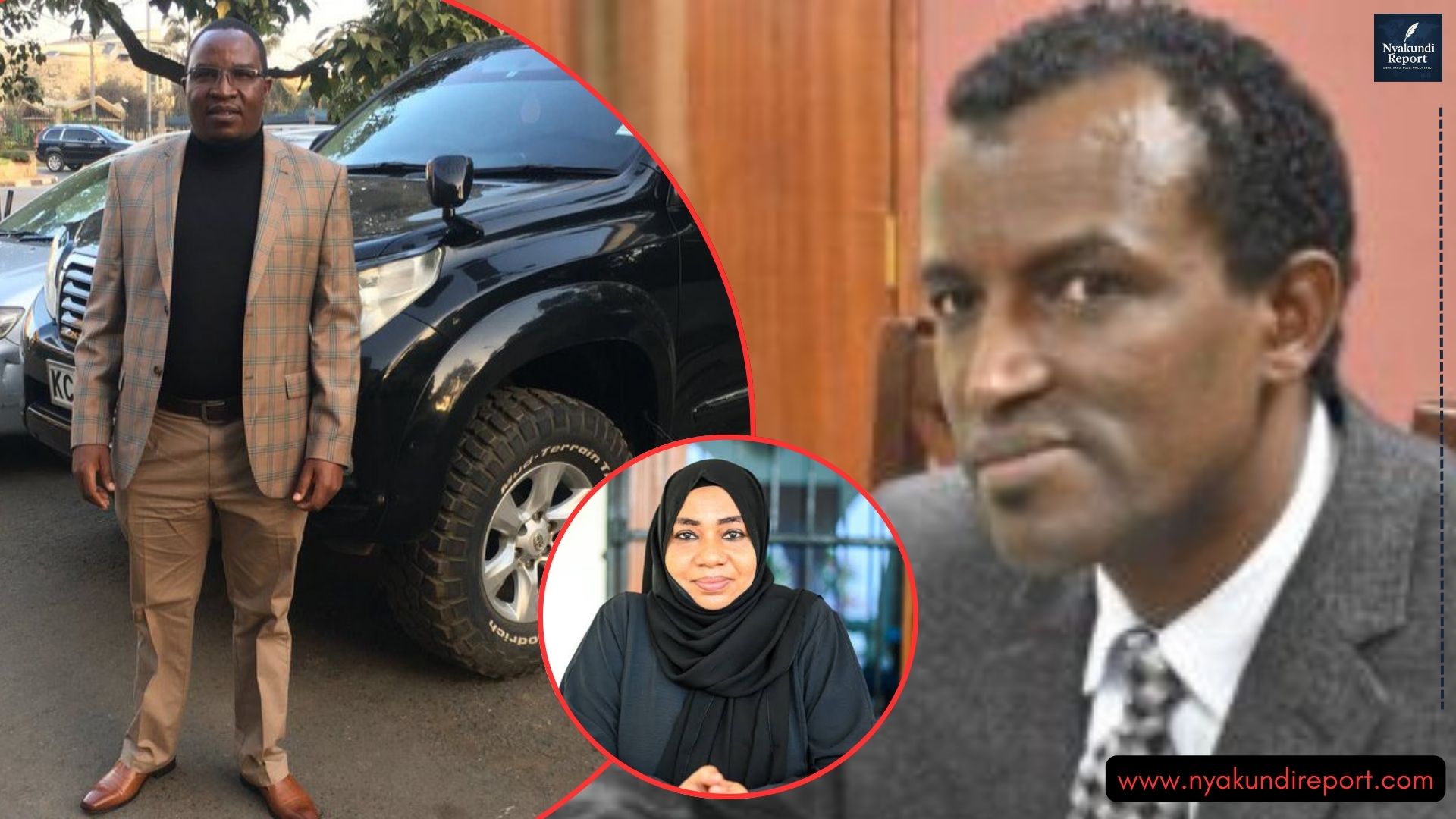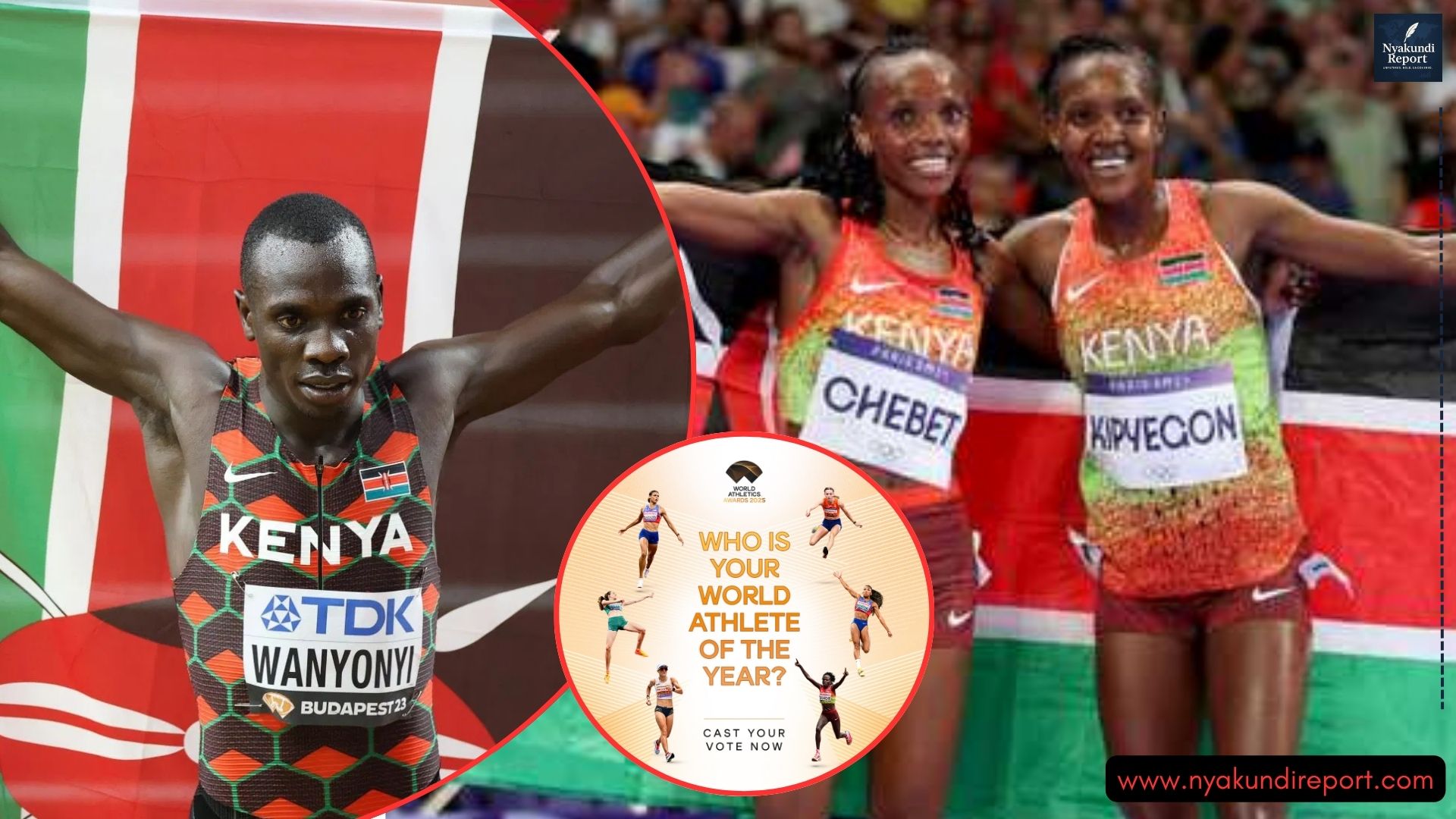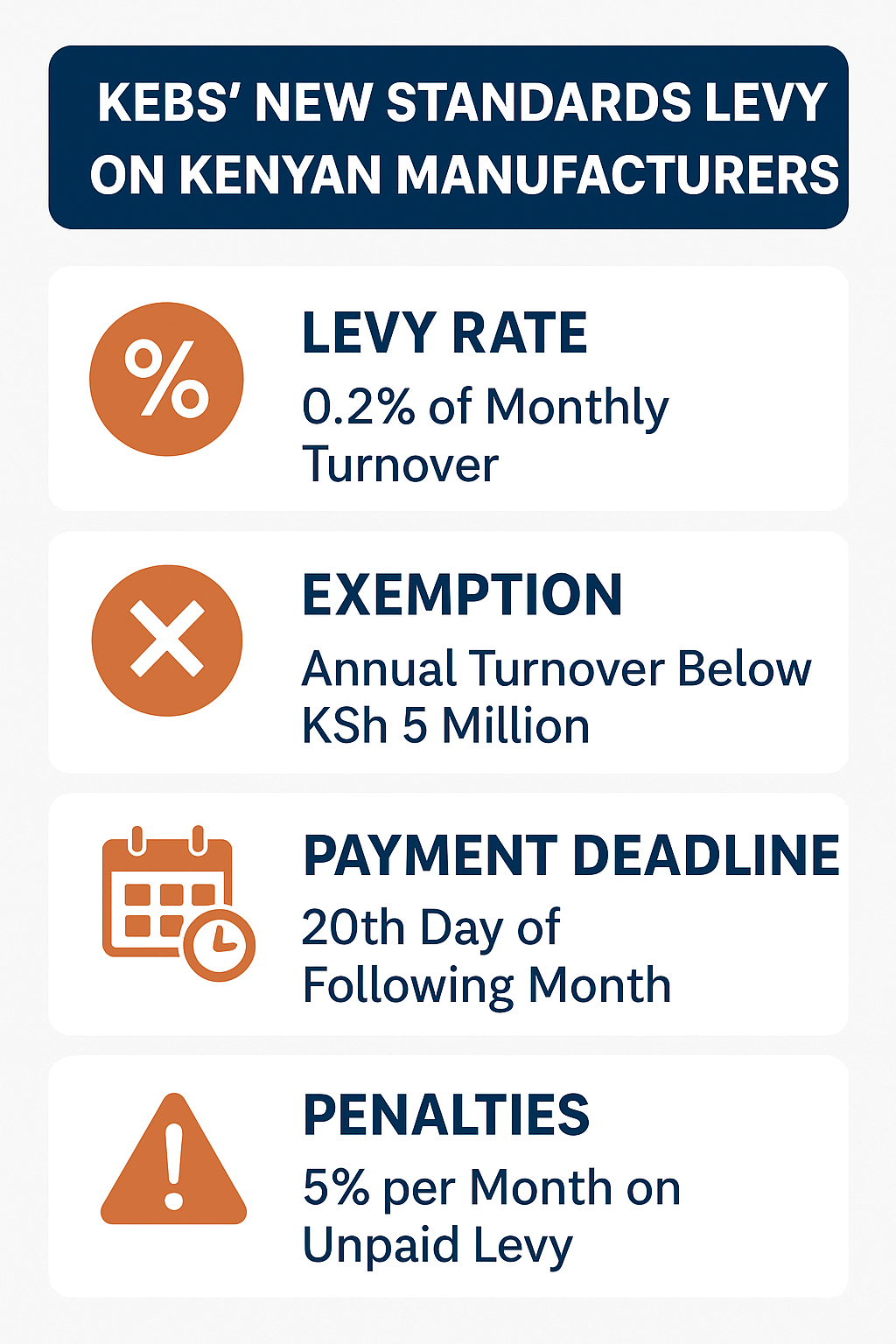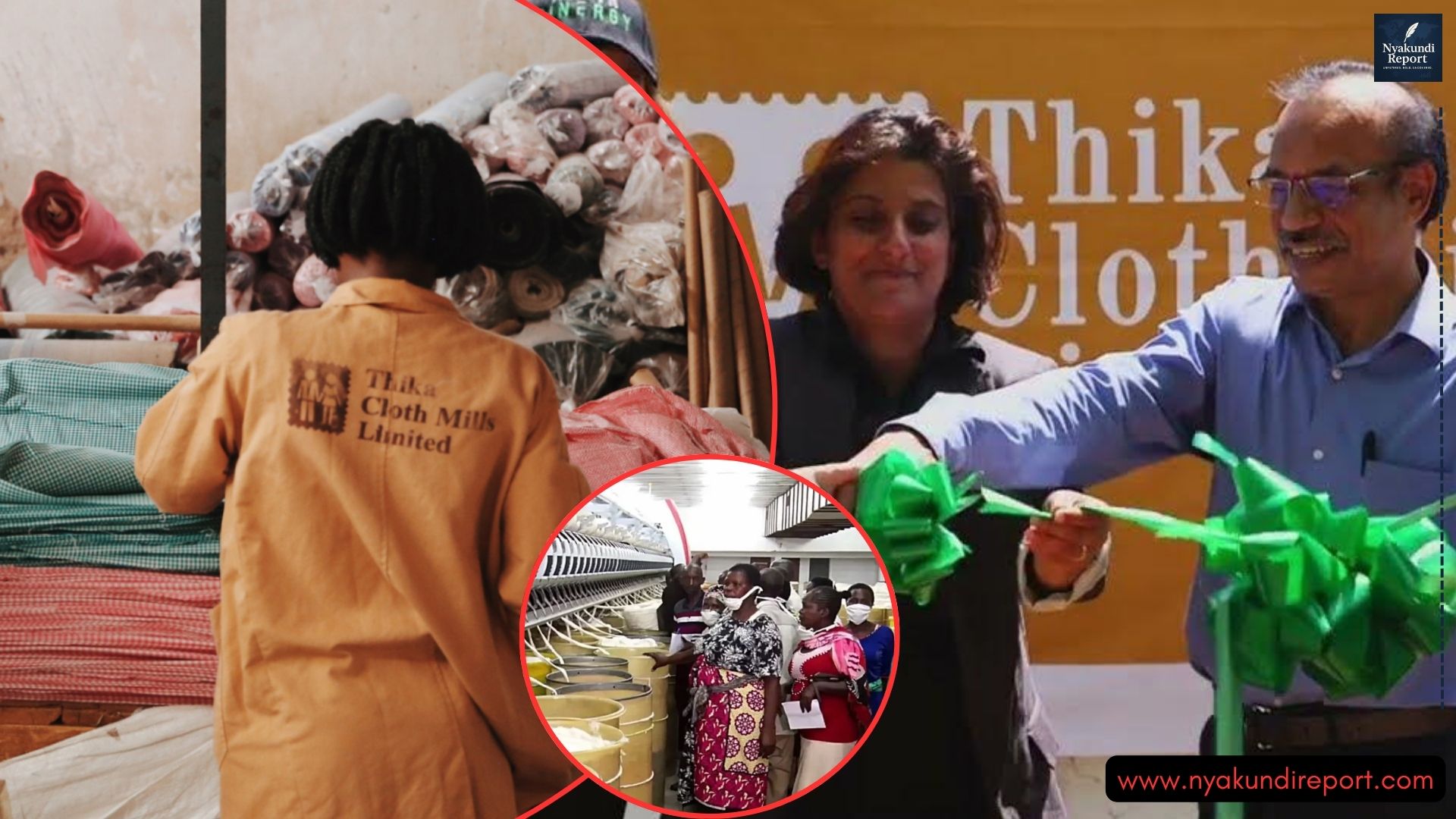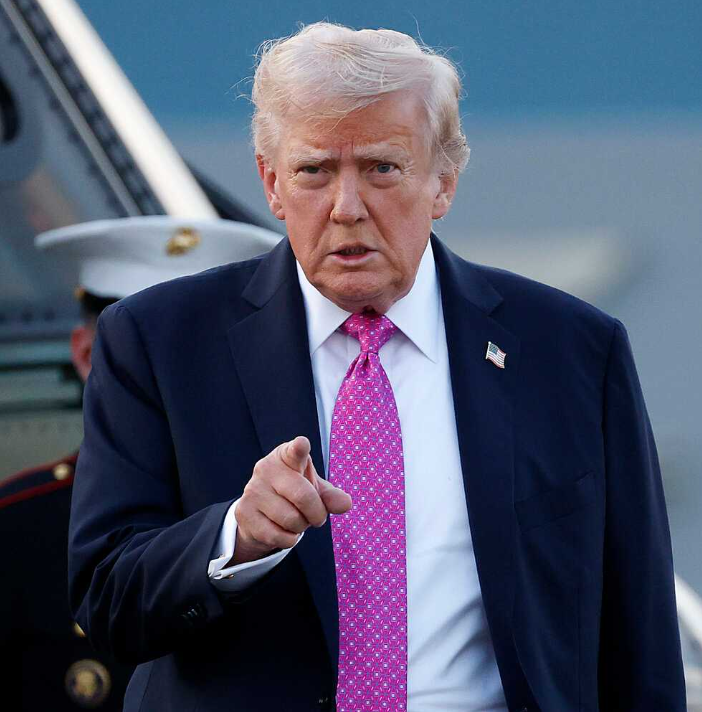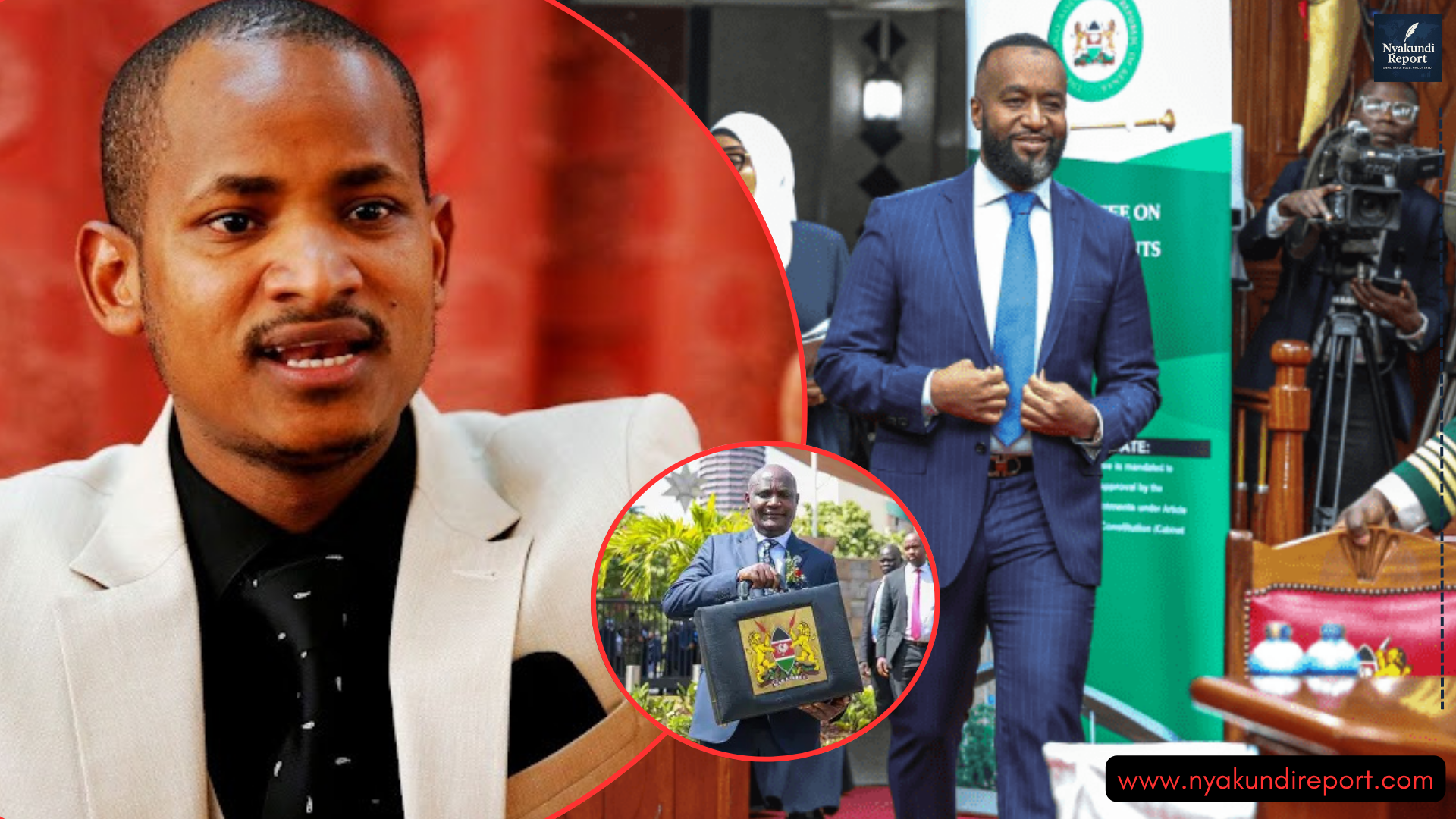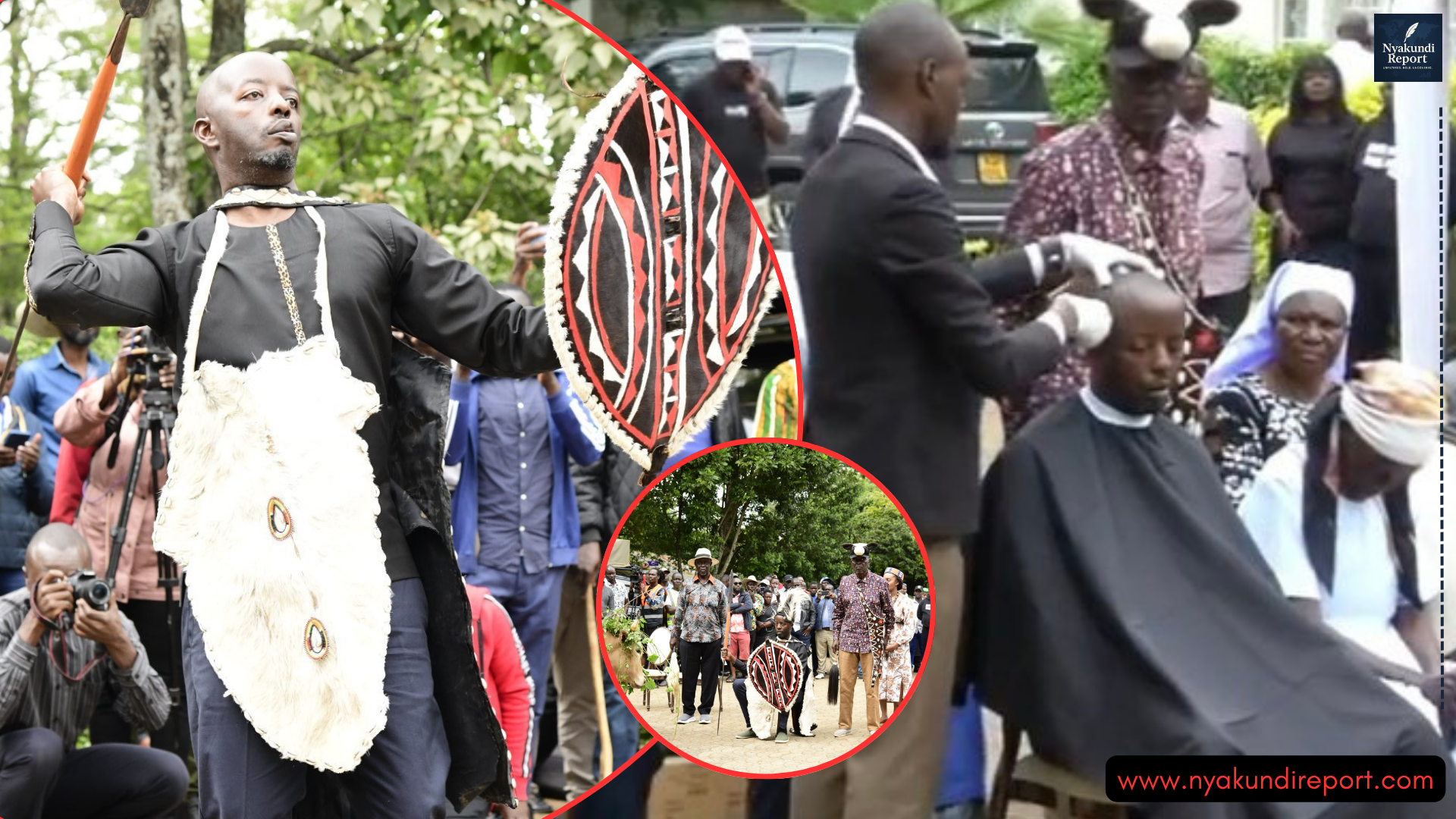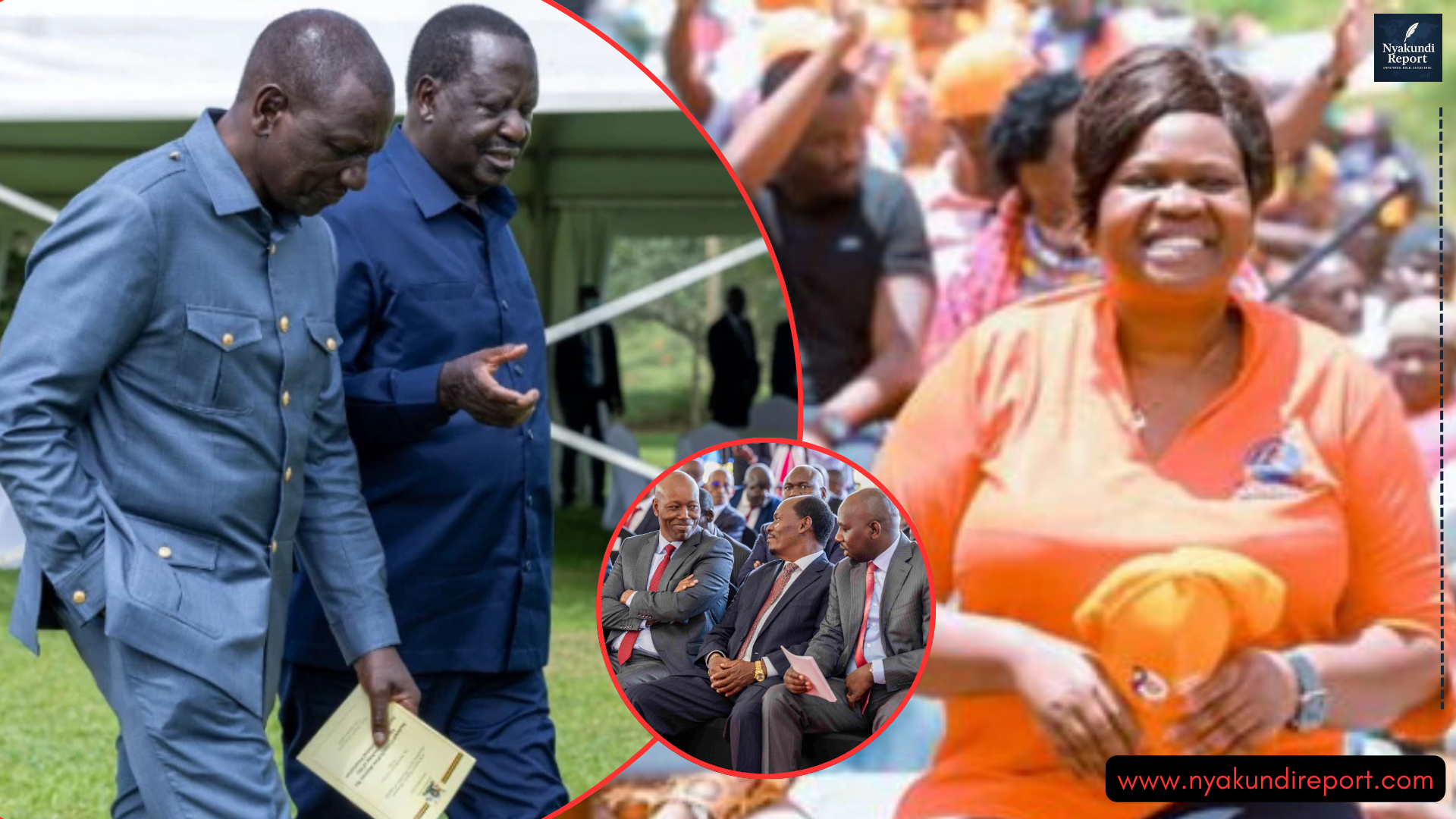Top 10 Strongest Currencies in Africa
In 2025, Africa continues to showcase dynamic growth and resilience despite global economic headwinds.
While many countries grapple with inflation, debt, and currency depreciation, several African nations have maintained strong currencies.
Thus reflecting underlying economic stability, prudent monetary policies, and strategic natural resource management.
This blog post ranks the top 10 strongest currencies in Africa as of April 2025.
Based on their exchange rate strength against the US Dollar and the Euro, alongside an analysis of their economic environment.

1. Tunisian Dinar (TND)
Exchange Rate: 1 USD ≈ 3.01 TND
Why It’s Strong:
The Tunisian Dinar remains Africa’s strongest currency.Tunisia’s government continues to enforce tight capital controls, and despite inflationary pressures in North Africa.\
Therefore,Tunisia benefits from a strong tourism sector and strategic European partnerships.
Interesting Fact: Tunisia has never devalued its currency, unlike most African countries.
2. Libyan Dinar (LYD)
Exchange Rate: 1 USD ≈ 4.83 LYD
Why It’s Strong:
Oil is Libya’s golden ticket. Despite a fragile political climate, its massive petroleum exports back a surprisingly stable exchange rate.Interesting Fact: Libya has one of the largest proven oil reserves in Africa.
3. Moroccan Dirham (MAD)
Exchange Rate: 1 USD ≈ 9.57 MAD
Why It’s Strong:
Morocco boasts a diversified economy, with major exports in phosphate, agriculture, and car manufacturing.Its central bank’s gradual liberalization policy has made the Dirham relatively resilient.
Interesting Fact: The Dirham is not a fully convertible currency but remains highly regarded across North Africa.
4. Botswana Pula (BWP)
Exchange Rate: 1 USD ≈ 13.62 BWP
Why It’s Strong:
Botswana is known for its political stability and sound economic management.Additionally, diamond exports, conservative fiscal policy, and low debt levels keep the Pula strong.
Interesting Fact: Botswana has one of the lowest corruption levels in Africa.
5. Seychellois Rupee (SCR)
Exchange Rate: 1 USD ≈ 14.37 SCR
Why It’s Strong:
With a small but highly tourism-dependent economy, Seychelles benefits from steady foreign exchange inflows.Also, the government actively manages inflation, and public debt is falling.
Interesting Fact: Seychelles is Africa’s smallest country by population but has one of the highest per capita incomes.
6. Eritrean Nakfa (ERN)
Exchange Rate: 1 USD ≈ 15.00 ERN
Why It’s Strong:
The Nakfa maintains its strength through strict government controls and a fixed exchange rate.Although not convertible on international markets, its nominal rate remains strong.
Interesting Fact: Eritrea has not changed its official exchange rate in decades.
7. Ghanaian Cedi (GHS)
Exchange Rate: 1 USD ≈ 15.49 GHS
Why It’s Strong:
Ghana has managed to stabilize its currency in 2025 after turbulent times in 2022–2023.Reforms in public finance and increased oil exports have helped bolster the Cedi.
Interesting Fact: The Cedi has gone through several redenominations; the most recent was in 2007.
8. Lesotho Loti (LSL)
Exchange Rate: 1 USD ≈ 18.15 LSL
Why It’s Strong:
The Loti is pegged 1:1 to the South African Rand, which gives it relative stability.Lesotho’s economic policies are closely aligned with South Africa.
Interesting Fact: Despite its size, Lesotho exports textiles and water to South Africa.
9. Namibian Dollar (NAD)
Exchange Rate: 1 USD ≈ 18.15 NAD
Why It’s Strong:
Also pegged to the South African Rand, the Namibian Dollar is backed by the country’s strong mining sector, including diamonds, uranium, and gold.Interesting Fact: Namibia is one of the few countries with a dedicated public wealth fund backed by natural resources.
10. South African Rand (ZAR)
Exchange Rate: 1 USD ≈ 18.15 ZAR
Why It’s Strong:
Despite periods of volatility, the Rand remains one of the most traded currencies in Africa.South Africa’s diversified economy and deep capital markets provide support.
Interesting Fact: The Johannesburg Stock Exchange is the largest in Africa.
What Makes a Currency Strong?
A currency is considered “strong” if it has a high value relative to others and remains stable over time.
Factors that contribute to strength include:
Low Inflation
High Forex Reserves
Export Earnings
Stable Governance
Sound Monetary Policy
Conclusion
The strength of a country’s currency is a reflection of its economic health.
In 2025, North and Southern African nations dominate the list of strongest currencies due to prudent fiscal policies, resource wealth, and strong exports.
As global investors seek emerging markets with solid returns, understanding currency performance is crucial for making informed decisions.
ALSO READ: David Maraga Bold Presidential Agenda: Is He the Leader Kenya Has Been Waiting For?


